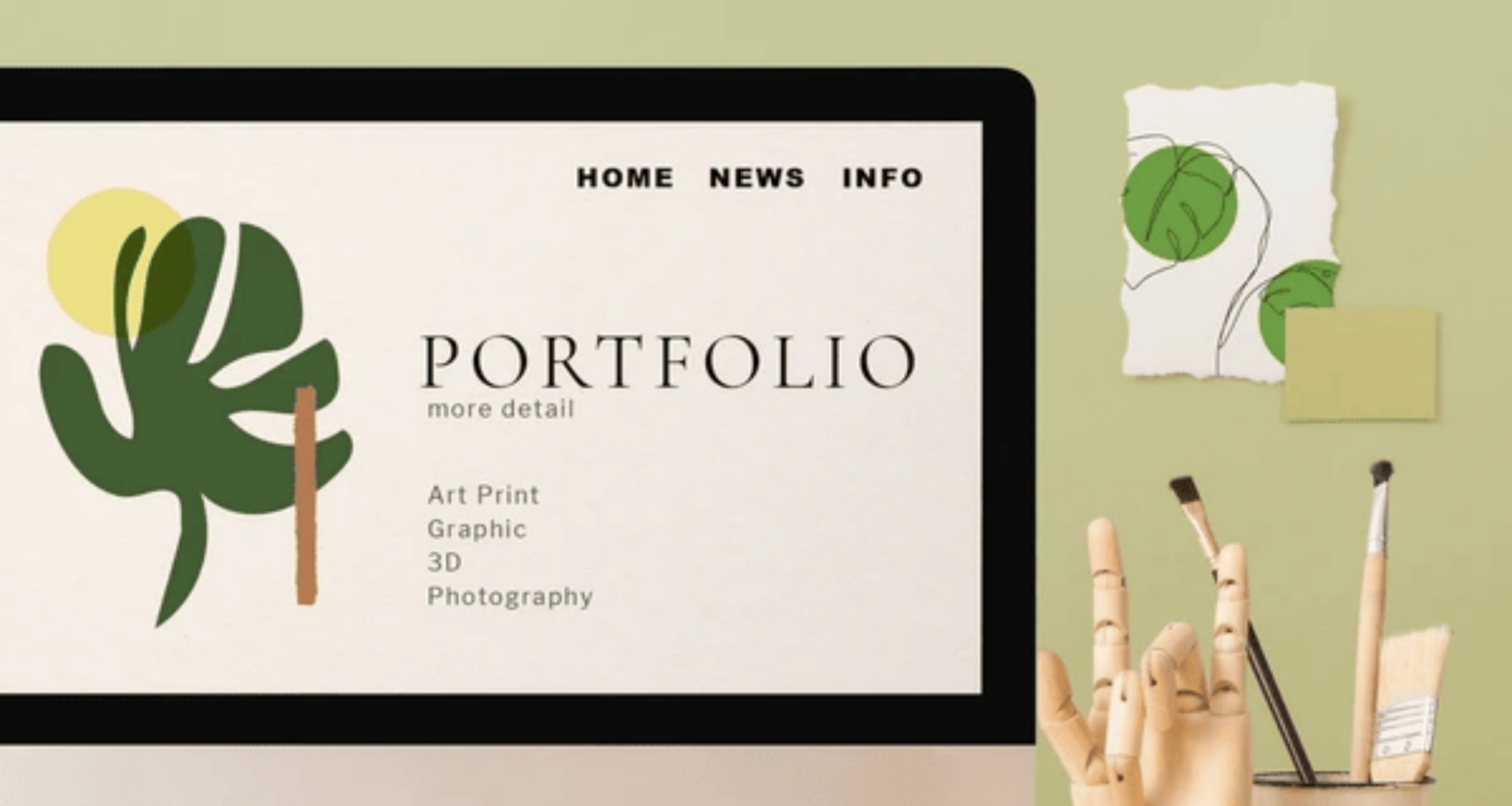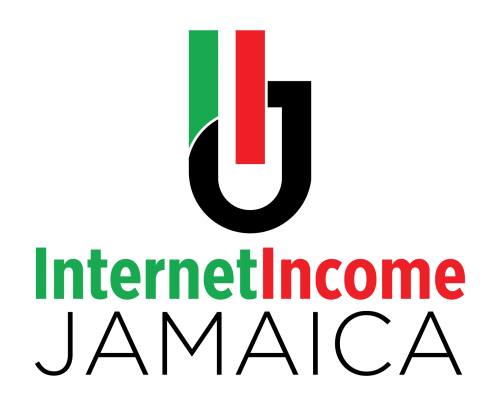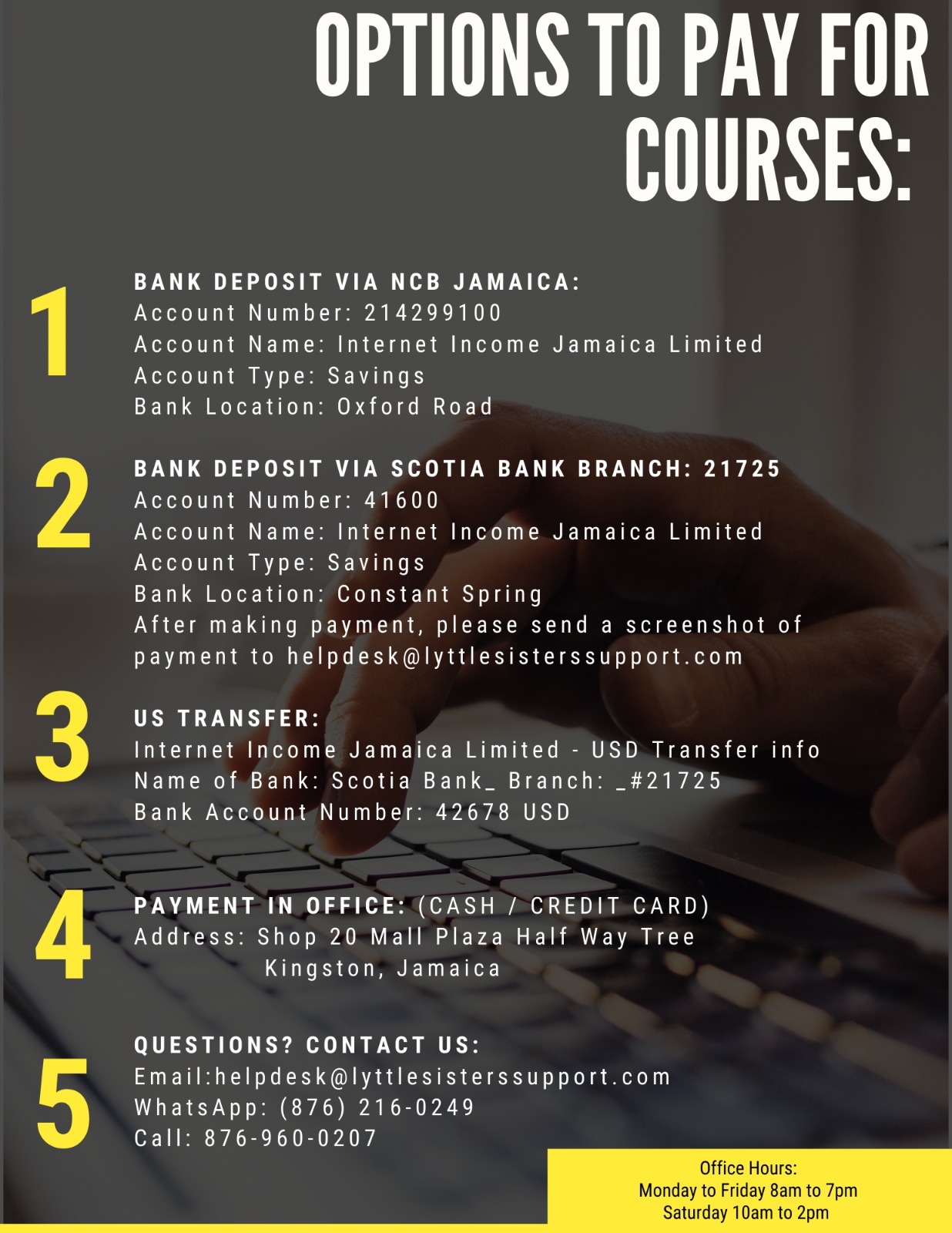What Your Freelance Portfolio Really Says About You
-
by
admin
When you’re just starting out—or even when you’re leveling up—your freelance portfolio is one of your most powerful tools. It’s often your first impression, your pitch deck, and your online rep all in one.
At Internet Income Jamaica (IIJ), we work with hundreds of aspiring freelancers across the Caribbean and beyond. And one thing we know for sure? Your portfolio speaks before you do. It tells potential clients what kind of freelancer you are, what you value, and how serious you are about your work.
Let’s talk about the quiet messages your portfolio might be sending—and how to make sure it’s telling the right story about you.
Your Portfolio = Your Reputation
When you don’t have a big advertising budget or a long list of connections, your portfolio is your marketing. It’s your proof. Your street cred. Your silent sales pitch.
But even more than that, it’s a mirror. It reflects where you are in your freelance journey, who you want to work with, and how you approach your craft.
Whether you’re new to freelancing or growing your client list, here’s what your portfolio might be telling people—without saying a word.
1. A Minimal Portfolio Says: “I’m Focused (But Maybe New)”
If your portfolio only has a few pieces, you’re probably saying:
“I’m proud of this work, and I’ve chosen it carefully.”
That’s a strong message. Clients often appreciate focus and clarity. But if your minimal portfolio feels too empty, it can also raise questions like:
“Do they have enough experience?”
“Can they handle my project?”
Tip: If you’re just starting out, lean into it. Let your clean layout and confident tone show that you value quality over quantity. Pair each project with a short story about the challenge you solved or result you got. That adds depth—and builds trust.
2. A Big Portfolio Says: “I’ve Got Range (But What’s My Focus?)”
If you’ve included every project since your first logo or blog post, the message might be:
“I can do a bit of everything!”
That’s not a bad thing. But without direction, it can feel overwhelming. A crowded portfolio with no theme or explanation might make a client wonder:
“Where do they really shine?”
“Can they help me, specifically?”
Tip: More isn’t always more. Instead of showing everything, choose 5–7 strong examples that represent the kind of work you want to do more of. Curate with purpose. Tell a clear story.
3. Case Study-Style Says: “I Think Deeply About Results”
If your portfolio features detailed breakdowns of your process, tools, and outcomes, you’re showing that you:
“Understand strategy, not just execution.”
That’s gold for clients who care about growth, not just good-looking deliverables. But for quicker projects or visual-first clients, it might feel like too much.
Tip: Balance is key. Include one or two case studies that show your brain at work, but keep them simple and skimmable. Use visuals to support your words—not replace them.

4. Visual-Only Portfolios Say: “I Let My Work Speak for Itself”
Designers, photographers, and visual creatives often go this route. A clean gallery of bold images can say:
“My skills are strong. Just look.”
But without any context, it may also leave clients wondering:
“What was the goal here?”
“Did it work?”
Tip: Even a short caption can add huge value. Try this simple format: Client | Project Type | Result or Goal. It gives your work a voice—without needing paragraphs.
5. Process-Focused Portfolios Say: “I’m Systematic and Reliable”
You’ve got charts. Workflow diagrams. Step-by-step breakdowns. This tells clients:
“I’ve got a method. You can trust my process.”
That’s perfect for clients who want structure and transparency. But be careful—it can also feel rigid to clients looking for flexibility and creative collaboration.
Tip: Show that your process has room to breathe. Add lines like “I tailor this to each client’s needs” or “Here’s how we stay flexible.” That way, your system feels supportive—not strict.
6. Industry-Specific Portfolios Say: “I Know Your World”
Let’s say you only show work from the health industry. Or fashion. Or SaaS.
You’re saying:
“I’m the expert in this space.”
Clients in that industry will love it. But if someone outside that space visits your portfolio, they might wonder:
“Can they apply their skills to my business?”
Tip: Show your specialty and your range. Mention transferable skills—like understanding user psychology, writing for different audiences, or adapting design for various platforms.
What Message Do You Want to Send?
There’s no “right” way to build a freelance portfolio. It should reflect you—your strengths, your values, and the kind of clients you want to attract.
So ask yourself:
- Is my portfolio telling the story I want it to?
- Does it show who I am today and where I’m headed?
- Am I using it to attract the right kind of projects?
If not, that’s okay. Portfolios are meant to evolve. What matters is that you’re intentional. Your portfolio isn’t just a collection—it’s your voice, your vision, and your value in action.
Ready to Level Up Your Portfolio?
At Internet Income Jamaica, we help aspiring freelancers and digital workers take that next step with confidence. From online skills training to portfolio-building tips and personalized feedback, we’re here to help you succeed.
You don’t need to be perfect. You just need to start—and keep improving. Your freelance career is yours to build, and your portfolio is the key to opening doors.
Let’s make sure it’s opening the right ones.






